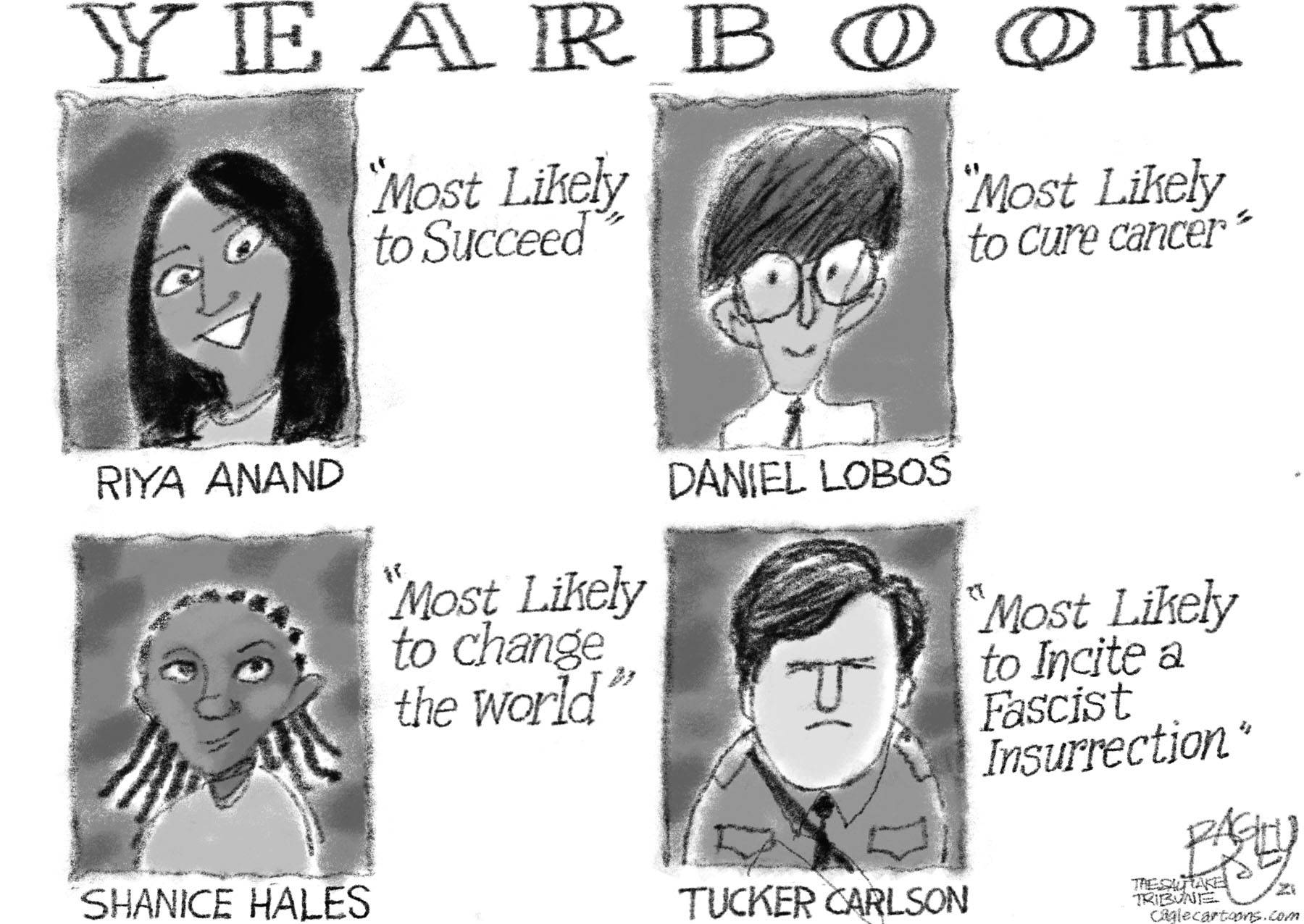Good teachers know that if something is relevant to their students’ experiences, it needs to be a part of their education.
Yet, teaching about racism in schools is now drawing feverish condemnation from conservatives, particularly over “critical race theory.” Teachers like myself are being accused of “indoctrinating” students, or of introducing extraneous racial issues that don’t belong in school.
But, in fact, they do.
Beyond caring about historical accuracy, which is vital, teachers have another good reason to include lessons on racial injustice: Black and brown students dominate most major cities’ public school systems. For example, in New York City public schools, two-thirds of students are Black or Latinx. In Chicago, 84% are, in Los Angeles 83%, in Detroit 96%, in Washington, D.C., 86%.
As teachers, we strive and struggle to remain relevant to our students and to connect what we do in school with what they face and will face when they leave school. Our students want to know how what they are learning relates to the real world.
A social studies teacher who ignores racism’s devastating legacy — police brutality, housing inequality, mass incarceration, the school-to-prison pipeline, the racial wealth gap, and others — will have a credibility problem. So will an English teacher who analyzes a 1950s novel decrying racism but fails to recognize the racial issues her students face today.
Teaching about racism helps explain many of the key issues that students and their families face. These include: the high cost of higher education and health care, the low rate of union representation, the lack of government-subsidized child care, and many other bread-and-butter issues for working people in which the U.S. often lags behind. These benefits exist in many European countries because working people — particularly trade unionists in key industries — fought for them. In America, racial divisions and anti-immigrant sentiment have long hamstrung this fight.
The U.S. military is disproportionately Black and brown; as teachers of minority youths, we watch a sizable chunk of our senior classes volunteer for the military each year. Whereas in the post-war era high school graduates could sometimes get unionized manufacturing jobs that provided them a living wage, health care and benefits, today the only way for many low-income minority youths to get these is to join the military.
For teachers, the school-to-prison pipeline is not an abstraction — many of us have former students who are or have been incarcerated. In 2018, the U.S. Department of Justice found, Black men were incarcerated at nearly six times the rate of white men. If we ignore the United States’ racist legacy, the only explanation for this tragic phenomenon is to blame Black people for their own oppression.
According to Brookings Institution researchers, the net worth of a typical white family is nearly 10 times that of a Black family. White households are twice as likely as black households to receive an inheritance, and whites’ median inheritance is 26 times as high.
In concrete terms, this means our Black and brown students get far less help paying for college or vocational school, buying a car, getting an apartment, or with a down payment to become a homeowner. It means less to fall back on in hard times. If they want to move up in the world, they’re much more likely to have to do it on their own.
Teaching in large city public schools today means teaching students who have, for the most part, been disinherited. Listen to them, get to know them, and you’ll see this in a hundred ways. As teachers, we can’t ignore racism, and we shouldn’t try to.
Glenn Sacks teaches social studies at James Monroe High School in the Los Angeles Unified School District. This column was produced for The Progressive magazine and distributed by Tribune News Service.



